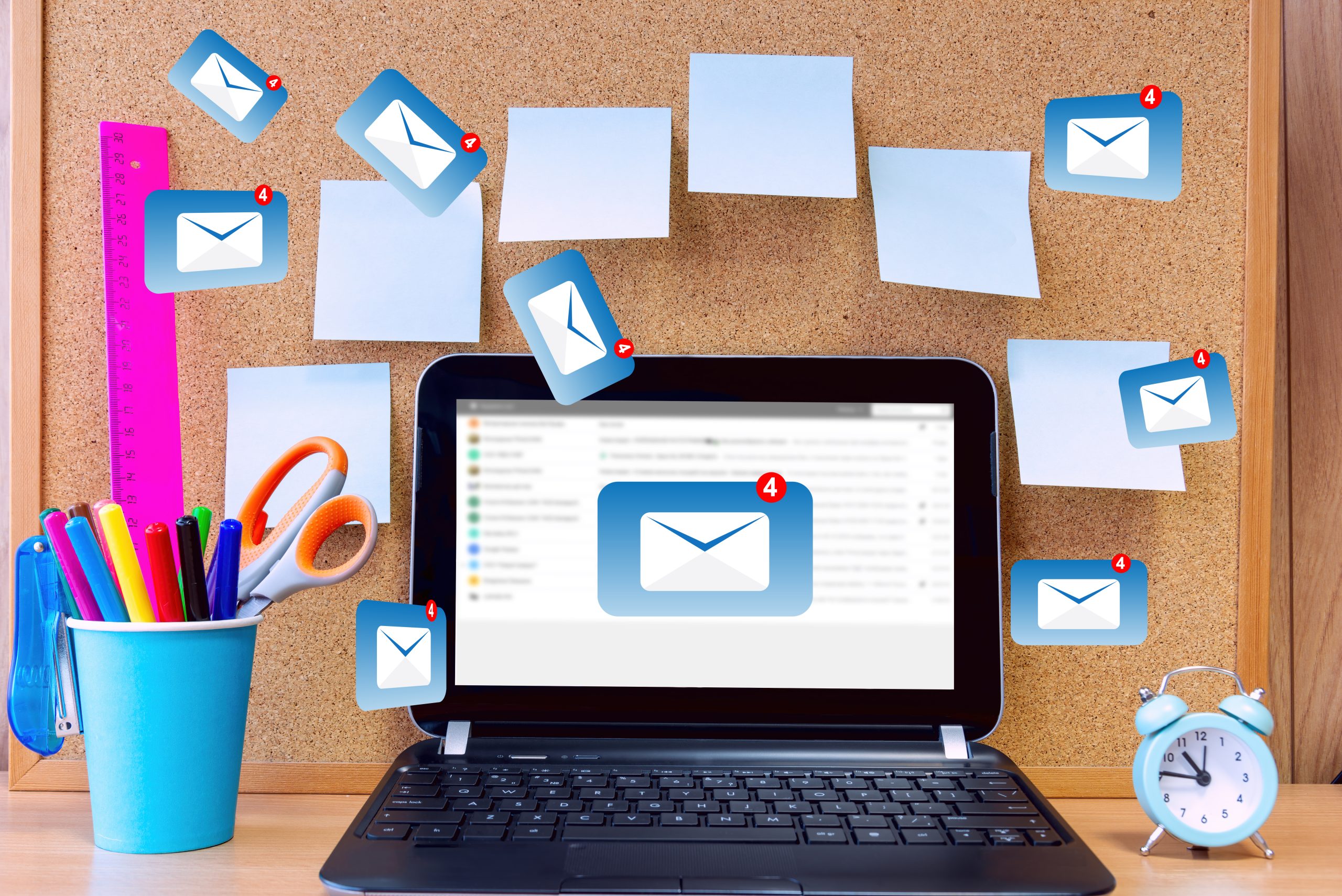In today’s interconnected world, collaborating with individuals across different time zones has become a common challenge. Managing email communication and scheduling meetings can be particularly difficult when dealing with time zone differences. In this blog post, we will explore the various challenges posed by time zones and provide comprehensive strategies to solve the dilemma of email scheduling.
By understanding the obstacles and implementing effective solutions, you can enhance communication, streamline collaboration, and overcome the time zone troubles that often plague global teams.
The Global Impact
The global nature of business and collaboration has led to a significant increase in the number of virtual teams and cross-border partnerships. According to a survey conducted by the International Workplace Group (IWG), 70% of professionals work remotely at least one day a week, highlighting the prevalence of distributed teams. With such diverse geographical dispersion, navigating time zone differences becomes a critical aspect of effective communication.
Understanding the Challenge
Before we explore solutions, let’s delve into why time zone differences pose a challenge for email scheduling. According to a study by Harvard Business Review, 83% of professionals report that coordinating and scheduling meetings with participants in different time zones is a major pain point. The consequences of overlooking this challenge are evident, with missed deadlines and delayed responses being cited as common issues.
Challenges of Email Scheduling in Different Time Zones

Coordinating email communication across different time zones presents several challenges that can hinder effective collaboration. Let’s delve into some of these key difficulties:
Limited windows of time: Scheduling synchronous meetings or real-time discussions can be hindered by the limited availability of time slots where all parties are able to be present. Finding a suitable time for everyone involved can be a daunting task.
Communication delays: When individuals are in different time zones, significant delays in receiving and responding to emails can occur. This can slow down decision-making processes, hinder progress, and lead to frustration among team members.
Misalignment of work hours: Working in different time zones can lead to misalignment of work hours, making it challenging to find overlapping periods for real-time communication or quick responses to urgent matters. This can result in delays and inefficiencies in project execution.
Increased complexity: Managing multiple time zones adds complexity to scheduling, as individuals need to consider the time differences and availability of all parties involved. This complexity can lead to confusion, missed opportunities, and reduced productivity.
Strategies to Solve the Dilemma of Email Scheduling

To overcome the challenges of email scheduling in different time zones, consider implementing the following strategies:
Establish clear communication expectations
Setting clear expectations regarding response times and availability is crucial. Communicate preferred response times and ensure everyone is aware of the time zone differences. By establishing a shared understanding, team members can plan their communication accordingly.
Accounting for Daylight Saving Time Changes
Being mindful of daylight saving time changes is crucial. These adjustments can affect the time difference between regions and potentially lead to scheduling errors. Regularly update your schedules to accommodate these changes.
The National Sleep Foundation reports that the incidence of scheduling conflicts increases by 15% during daylight-saving time transitions.
Use email scheduling tools
Utilize email scheduling tools that allow you to schedule emails to be sent at a specific time. This can help ensure that emails are delivered at a convenient time for the recipient, even if they are in a different time zone. Tools like Boomerang, Mixmax, or the built-in scheduling features in email clients can be valuable in this regard.
Educating Your Team on Time Zone Sensitivity
Ensure that your team members are well-informed about the challenges posed by time zone differences. Encourage them to be mindful of scheduling when working with colleagues from diverse geographical locations.
Consider time zone differences when setting deadlines
When setting deadlines or requesting information, take into account the time zone differences to allow sufficient time for individuals to respond. This consideration will prevent unnecessary delays and streamline project timelines.
World Clocks: A Visual Aid for Global Collaboration
Maintaining a visual reference for world clocks can significantly ease the process of scheduling emails. Tools like timeanddate.com offer customizable world clocks that allow you to track the current time in various locations simultaneously.
Use concise and clear communication
To minimize back-and-forth emails and potential delays, ensure that your emails are concise, and clear, and include all necessary information. Clearly state the purpose of the email, provide context, and outline any action items or questions. By providing comprehensive information upfront, you can reduce the need for additional exchanges.
Leverage asynchronous communication
Recognize that not all communication needs to be real-time. Encourage the use of asynchronous communication methods, such as email or project management tools, where individuals can respond at their convenience. This allows team members to work at their own pace while ensuring effective collaboration.
Establish common working hours
Identify overlapping working hours between different time zones and establish common working hours when team members can be available for real-time communication. This can be achieved by adjusting work schedules or allocating specific time slots for synchronous discussions. Tools like World Time Buddy can help identify suitable time slots.
Utilize time zone conversion tools
Take advantage of online time zone conversion tools or world clock applications to easily determine the current time in different locations. This can help you plan and schedule meetings more effectively, avoiding confusion and scheduling conflicts.
Consider alternative meeting formats
If scheduling synchronous meetings becomes too challenging, consider alternative meeting formats such as recorded video updates, asynchronous discussions, or utilizing collaboration tools that allow for threaded conversations. These alternatives can foster effective communication and accommodate the time zone differences of team members.
Conclusion
Solving the dilemma of email scheduling amidst time zone troubles is crucial for efficient global communication. Statistics and case studies support the effectiveness of various strategies. For instance, a study by McKinsey revealed that 48% of professionals face challenges in coordinating meetings across time zones
Companies like Buffer and Automattic successfully managing global teams, further emphasize the significance of these strategies. By embracing these approaches, professionals can overcome time zone barriers and ensure timely communication to foster successful collaborations in today’s globalized work environment.
Explore opportunities to expand your business through email marketing. Visit our website to discover the range of services we provide!




